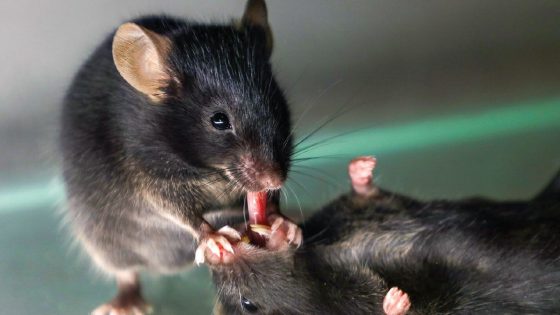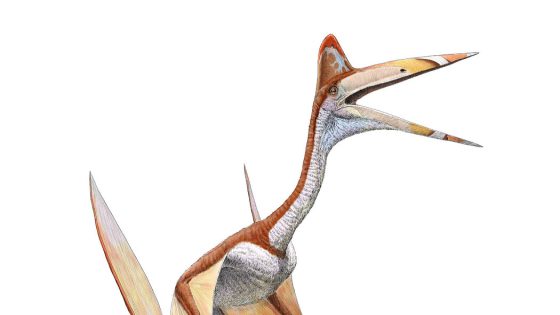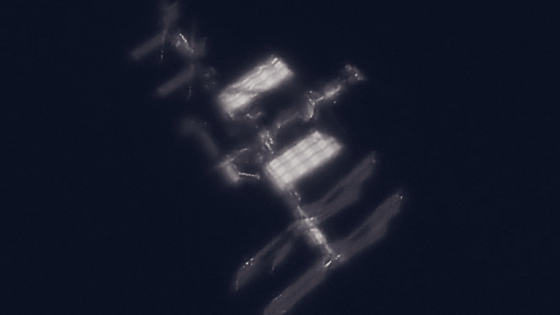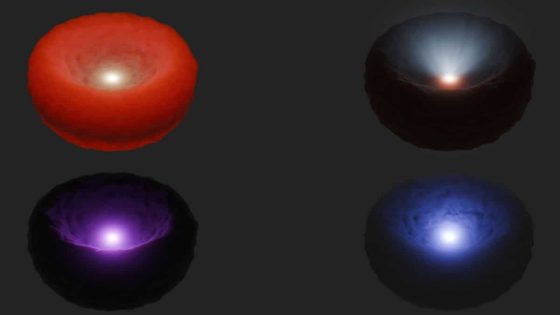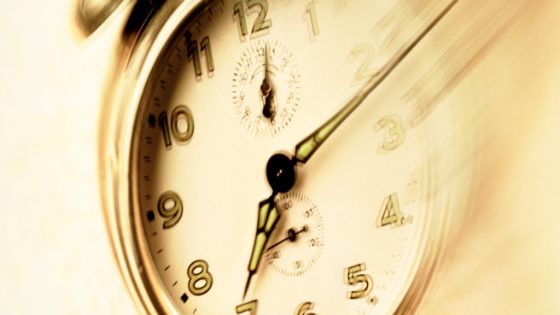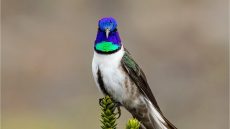In a surprising discovery, scientists observed mice attempting to revive their unconscious peers, resembling human first aid. This fascinating behavior raises questions about the instinctive caregiving traits present in the animal kingdom. Published on February 23, 2025, this study sheds light on how social animals may respond to emergencies.
- Mice exhibit caregiving behaviors in distress.
- Animalistic impulse to help may be common.
- Distinct brain regions identified for behavior.
- Mice spend more time with unresponsive partners.
- Successful object removal improves recovery speed.
- Oxytocin neurons drive caregiving responses.
Do Mice Exhibit First Aid Behaviors Similar to Humans?
Could mice be more caring than we realize? Recent research indicates that these rodents engage in actions that resemble first aid when encountering unconscious friends. This discovery challenges our understanding of animal behavior and suggests that the impulse to help others in distress might be more widespread across species.
How Do Mice Respond to Unconscious Companions?
In the study, researchers observed mice interacting with anesthetized peers, showcasing a range of behaviors. These actions included gentle grooming and more forceful attempts to revive their companions. The findings suggest that the level of familiarity between the mice influenced their responses, with more interaction occurring when they knew each other well.
- Mice spent over 47% of their time interacting with unconscious peers.
- They displayed specific behaviors like biting and pulling tongues.
- These actions were rarely observed with active or sleeping partners.
- Successful attempts to clear foreign objects from the mouth were noted.
What Brain Mechanisms Drive This Behavior in Mice?
The researchers identified key brain regions responsible for these caregiving behaviors. Neurons in the amygdala and hypothalamus release oxytocin, which appears to trigger these instinctive responses. This discovery opens up new avenues for understanding how social animals support one another in emergencies.
Implications for Understanding Animal Behavior
This study highlights the potential for innate caregiving behaviors in social animals. By observing how mice react to unconscious companions, we gain insight into the evolutionary advantages of such actions. These behaviors may enhance group cohesion and survival, revealing a deeper connection among social species.



